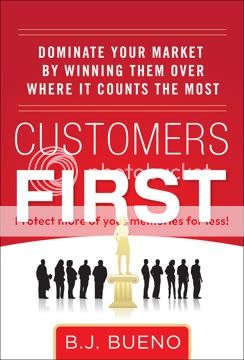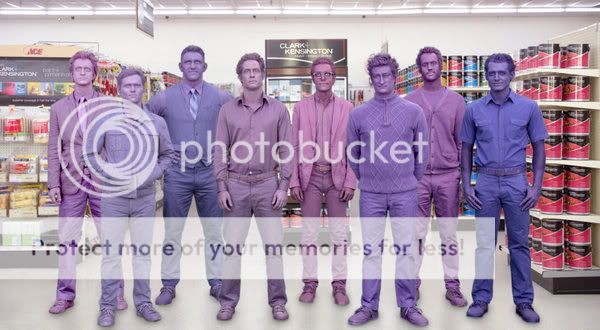Last week, we talked about a powerful Thai campaign designed to encourage people to stop smoking. There are lots of people who get pretty happy when folks kick the cancer-causing habit, but we have to admit that the sentiment is hardly universal.
Tobacco farmers aren’t big fans of the stop-smoking movement, as you might expect. Fewer smokers means a smaller market for their crop. Other companies are feeling the pinch too. Cigarette and pipe manufacturers, ash tray makers, and lighter companies are all experiencing dramatically declining domestic sales.
What’s going to happen to these brands if the whole planet eventually goes smoke free?
Let’s look to history for some answers. After all, it’s not the first time consumer demand for a product has dropped off precipitously. Markets can and do disappear. Have you tried to buy an 8-track player recently? Good luck with that. The same thing can be said for floppy disks and manual typewriters. Try locating a pay phone somewhere near you. It might take a while.
When a market disappears, the companies that depended upon that market tend to choose from three options. One option is to hang in there, catering to the nostalgic customer. Markets never disappear entirely. Did you know that there are still zeppelin manufacturers? Another option is to go out of business entirely, and a third option, far more popular, is to stay in business but change what you do. The Royal Typewriter company, for example, today specializes in consumer information technology, including cash registers, shredders, and copier supplies.
Understanding Your Customer’s Unconscious Expands Opportunities
There is another option for companies facing a dwindling marketplace, but it’s only open to those brands who have a deep and comprehensive understanding of the unconscious psychological motivators that drives their customers to choose them over all other competing brands. In this strategy, you continue to do what you do, but you present it to your customers in a whole new way.
For example, let’s look at Zippo. Full disclosure: we wrote about Zippo in Customers First, discussing their dubious brand extension into the world of fine fragrances. Now, however, we think the brand is on the right track as they embrace a new strategy.
Zippo built their brand by positioning themselves as the lighter of choice for the rugged, resourceful man. Their customers saw themselves as can-do guys, who wouldn’t let something like a little bit of wind stop them from enjoying a cigarette when they wanted one—or from being there for a damsel in distress who needed a light.
That wasn’t all. Zippo lighters made it possible for the average Joe to tap into his inner MacGyver. Portable, dependable fire is a handy tool to have. You can start a signal fire. You can smooth the end of a fringed, frayed rope. In a pinch, you can warm canned food with a lighter. In a really bad pinch, you can even cauterize a wound—although we, ourselves, would never recommend such a thing!
Zippo understands that their best customers may never, in fact, use their lighters to do any of these things. Chances are that they’re much more Yogi Bear than Bear Grylls. That doesn’t matter. They’re far more likely to do these things than they are to smoke, and having a Zippo makes it possible. What Zippo is selling here is empowerment. When a man uses a Zippo, he’s able to connect with a powerful archetypal masculine image that resonates on a deep and primal level. It’s a tangible way for consumers to connect with an internalized vision of their best self.
You’re just not going to get that from flicking your Bic. We’ll see what happens over the coming years. We’re fairly confident that the smoke-free trend is going to continue. Habits change, even deeply ingrained habits like smoking. But unconscious psychological motivators? Those are constants—and those constants can be used to ensure brand longevity, even when an entire market goes up in smoke.



